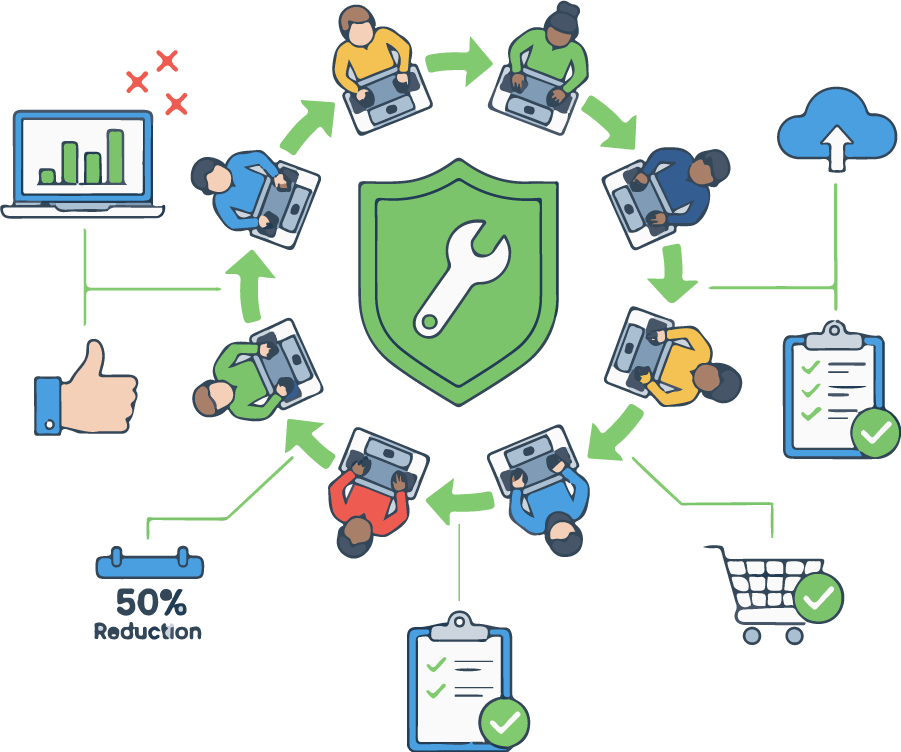Now Reading: Agile Retrospective: E-Commerce Case Study
1
-
01
Agile Retrospective: E-Commerce Case Study
Agile Retrospective: E-Commerce Case Study
E-commerce Team Halves Bug Rate by Prioritizing Technical Debt

The Challenge: The Vicious Cycle of Technical Debt
The ShopFast team was trapped. Pressure to release features led to shortcuts, creating technical debt. Each new release was followed by a wave of bugs, pulling developers away from feature work to put out fires.
The Process: Making a Business Case for Quality
- Step 1: Prepare for Retrospective: The Tech Lead linked to bug tracking dashboards and system monitoring reports in the planner, providing hard data on the cost of technical debt.
- Step 2: Conduct the Retrospective: A ‘Root Cause Analysis’ activity was planned to trace recent outages back to their architectural weaknesses.
- Step 3: Analyze & Prioritize: The team identified and prioritized a list of technical debt items that needed to be addressed.
- Step 4: Implement & Monitor: A task was created: ‘Dedicate 20% of sprint capacity to tech debt.’ This made the commitment explicit and trackable.
- Step 5: Get Final Report: The final report was a powerful artifact. It presented a data-backed business case to product management for investing in quality, which secured their buy-in.
The Results: A Stable Platform for Growth
By consistently chipping away at technical debt, the platform became more stable, leading to a 90% reduction in downtime. The critical bug rate was halved. This broke the vicious cycle, allowing developers to dedicate 25% more of their time to building new features.

